Morning glory Ipomoea
Morning Glory Ipomoea is a popular flowering plant known for its vibrant, trumpet-shaped blooms that open in the morning and close by afternoon. Here’s an overview of its characteristics, cultivation, and care:
Characteristics
- Varieties: There are many species of Morning Glory, with Ipomoea purpurea (common morning glory) being one of the most well-known.
- Flowers: They come in various colors, including blue, purple, pink, and white, often with distinctive patterns.
- Growth Habit: Morning glories are typically fast-growing vines that can reach heights of 6 to 10 feet (1.8 to 3 meters) or more.
Growing Morning Glory
1. Choosing a Location
- Sunlight: Select a site that receives full sun (at least 6 hours of direct sunlight per day).
- Support: Provide a trellis, fence, or other structures for the vines to climb.
2. Soil Preparation for Morning glory Ipomoea
- Soil Type: Well-drained, fertile soil is ideal. Morning glories can tolerate a range of soil types but prefer slightly acidic to neutral pH.
- Amendments: Add organic matter, such as compost, to improve soil quality.
3. Planting
- Seeds: Sow seeds directly in the garden after the last frost date, or start indoors 4-6 weeks before transplanting.
- Depth: Plant seeds about 1/4 inch (0.6 cm) deep.
- Spacing: Space seeds or seedlings 6 to 12 inches (15 to 30 cm) apart.
4. Watering
- Water the seeds thoroughly after planting. Keep the soil consistently moist until seedlings emerge, then water as needed, allowing the soil to dry slightly between waterings.
5. Care and Maintenance of Morning glory Ipomoea
- Fertilization: Morning glories generally don’t require heavy fertilization. A light application of balanced fertilizer in early spring can promote growth.
- Pruning: Regular pruning can help control growth and encourage more blooms. Remove spent flowers to promote new growth.
6. Pests and Diseases with Morning glory Ipomoea
- Monitor for pests like aphids and spider mites. Use insecticidal soap or neem oil if infestations occur.
- Ensure good air circulation to prevent fungal diseases.
Tips for Success
- Climate: Morning glories thrive in warm climates and are sensitive to frost. In cooler areas, consider treating them as annuals or providing protection.
- Variety Selection: Choose varieties based on your garden aesthetics and desired bloom colors.

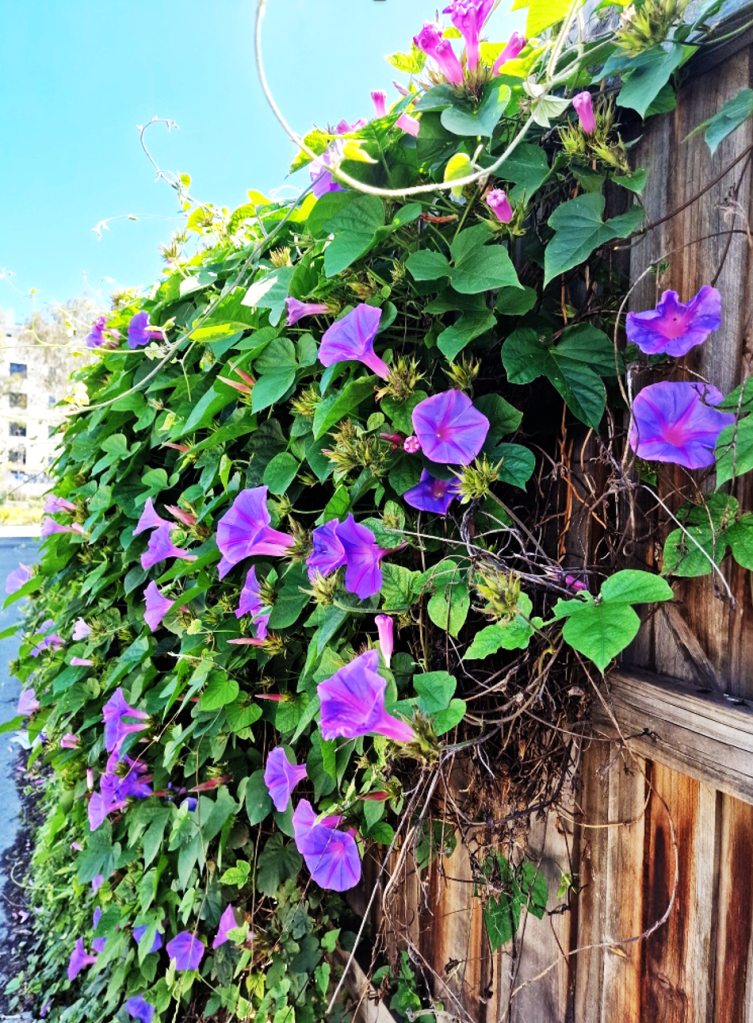
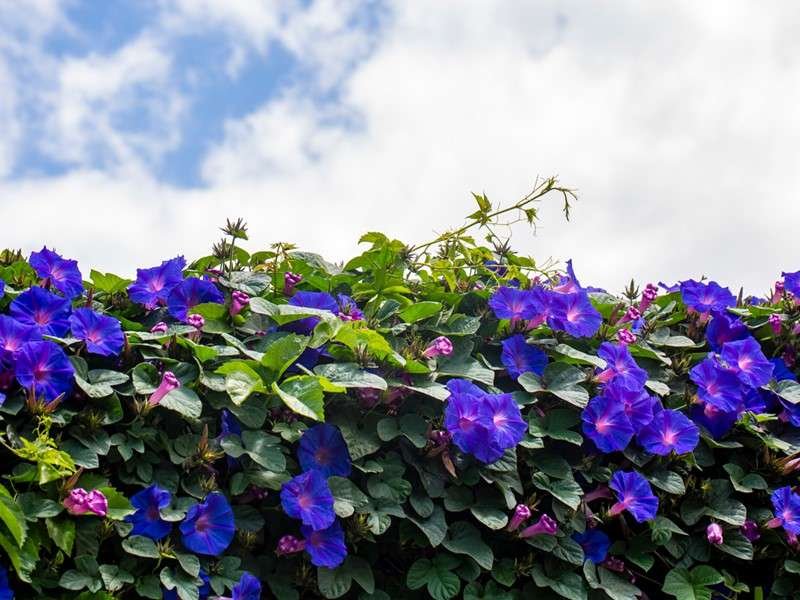
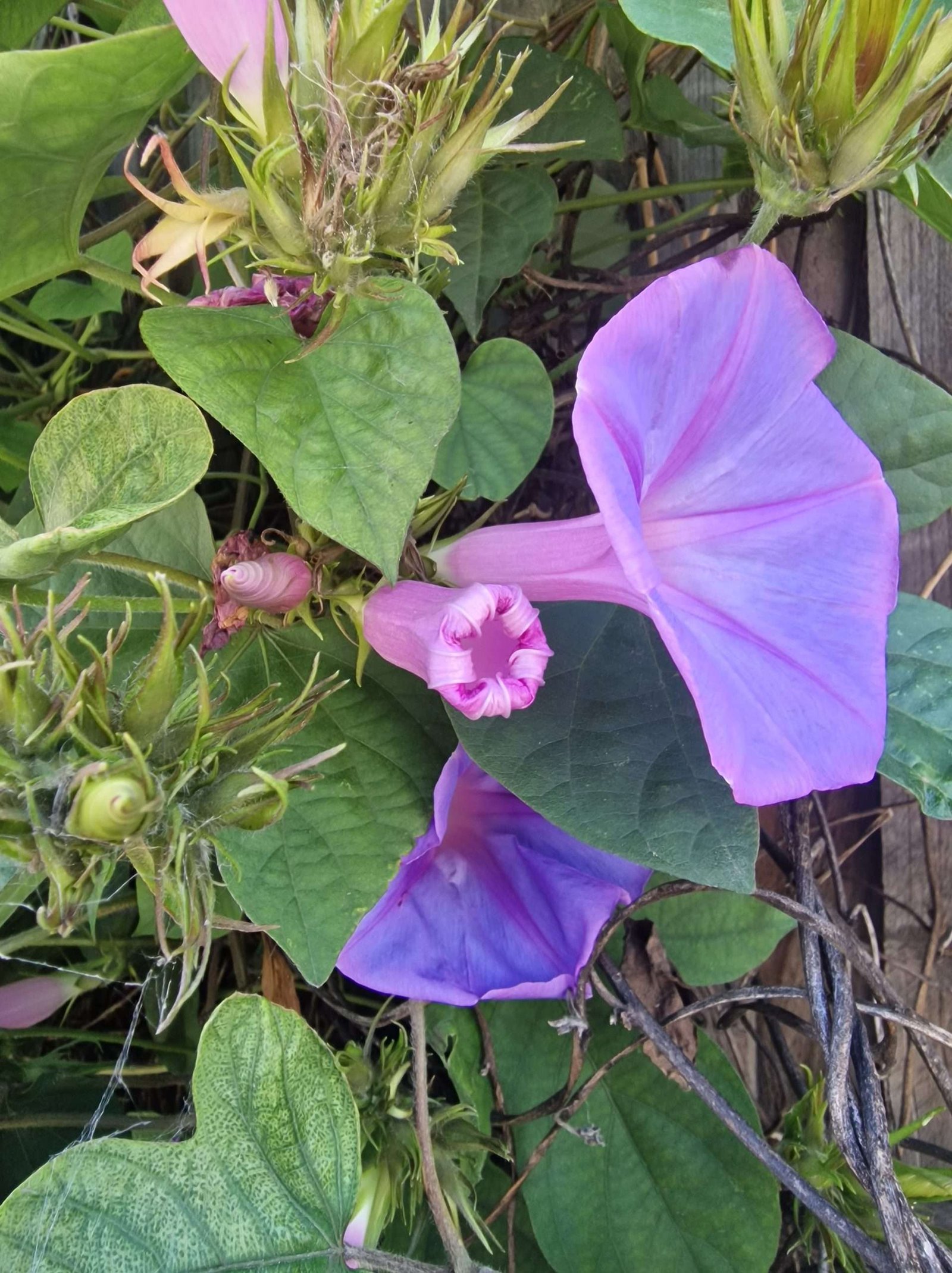
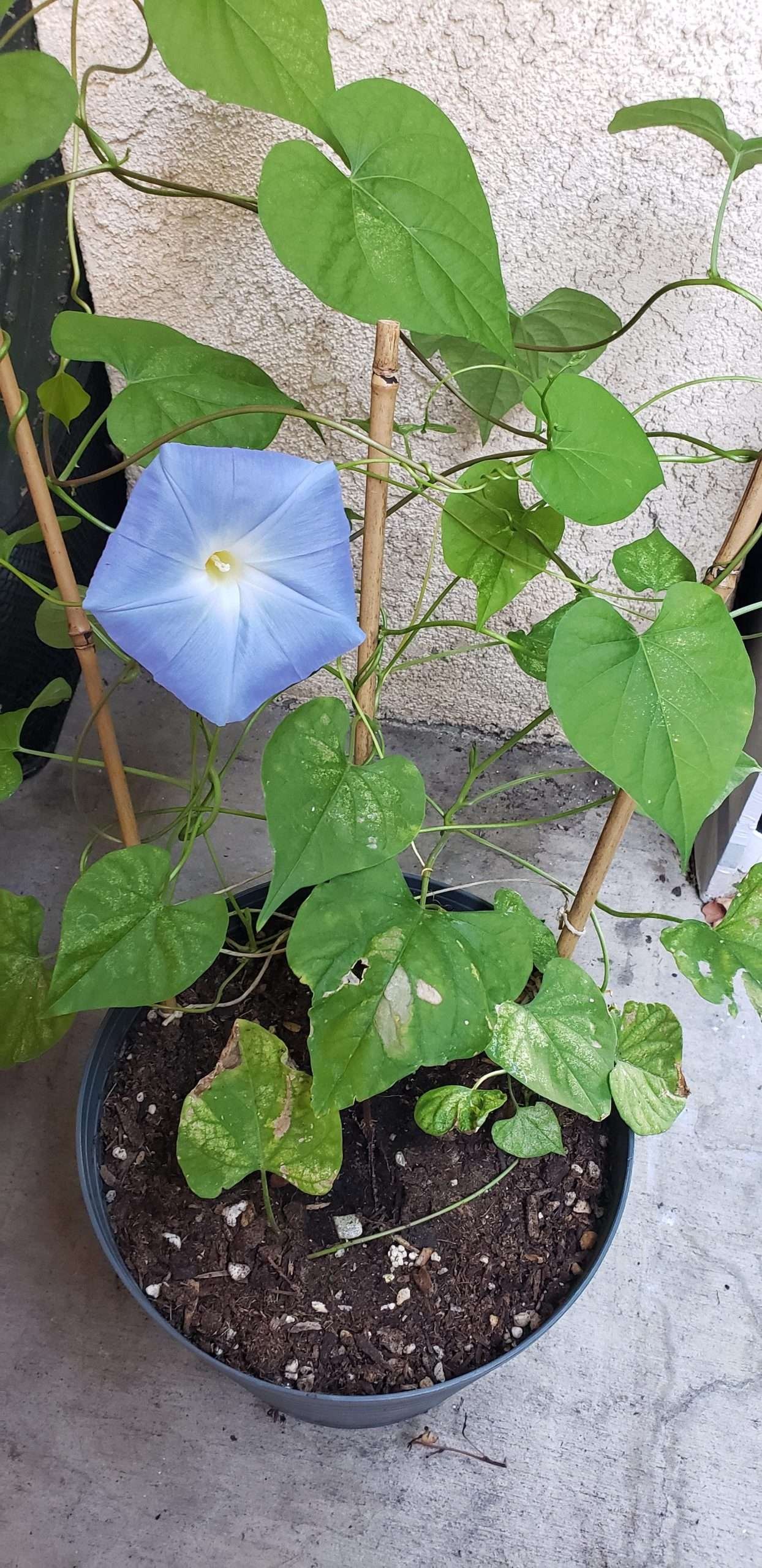



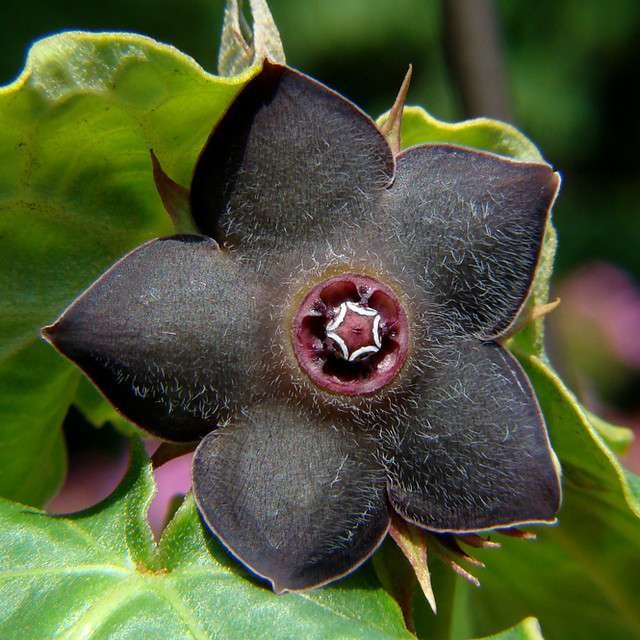
Reviews
There are no reviews yet.